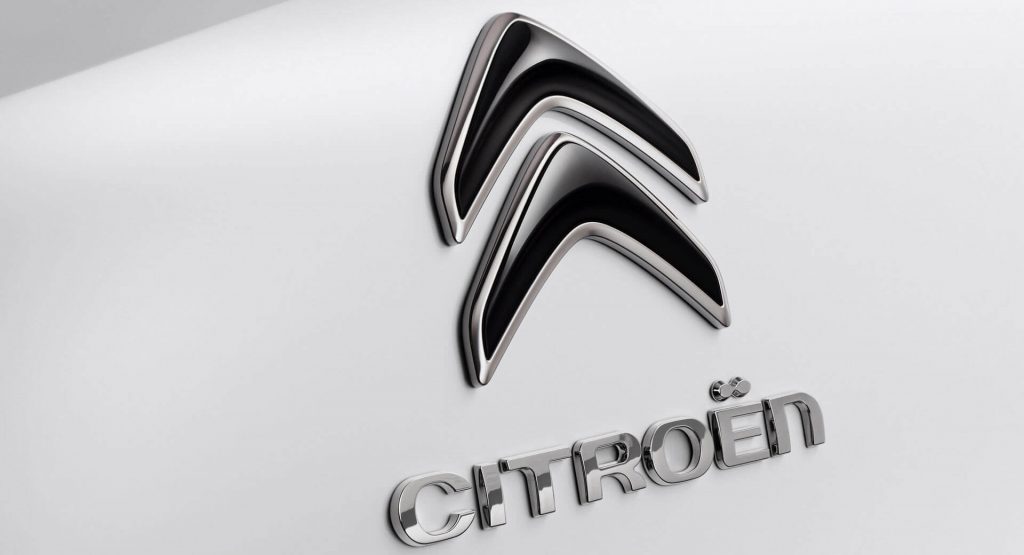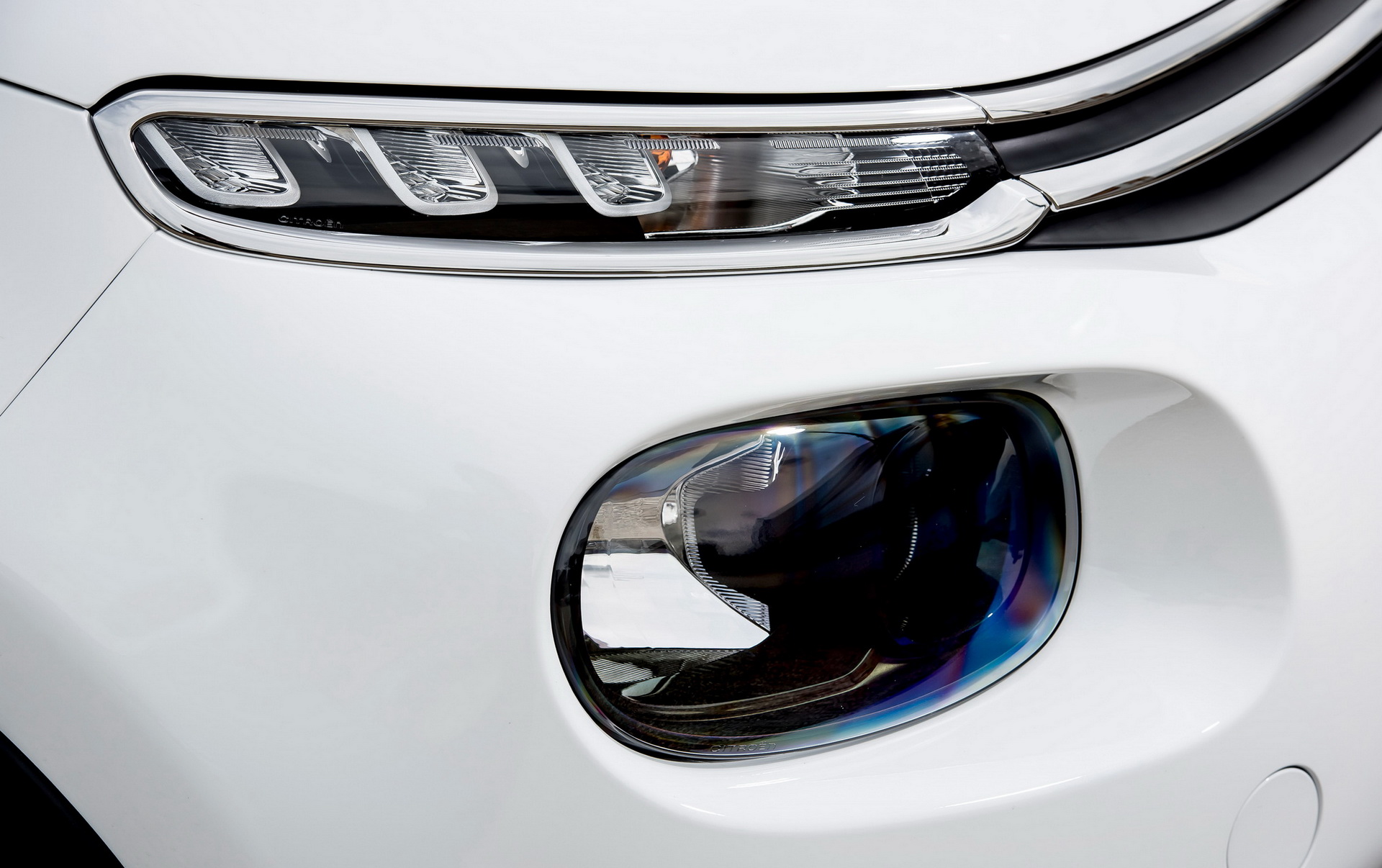PSA’s Citroen brand is relying on its trendy designs and the appeal of lower-cost models in order to break through in the Indian market.
The French automaker wants to start selling cars in India no later than the end of 2021. This move is part of PSA’s strategy to reduce its dependence on sales in Europe, which is also why Peugeot is making a return to North America and Opel is making a push into Russia, reports Autonews Europe.
PSA is also looking to create a range of lower-cost vehicles for global markets, similar to what Renault managed to do with Dacia. According to CEO Linda Jackson, Citroen’s future models for India will be the first in this budget-friendly range. She went on to say that these cars will be “appropriate and relevant for the Indian customers.”
Citroen will build its cars for India together with CK Birla Group, aided by Hindustan Motor Financing Corporation and PSA Avtec Powertrain – the latter just started production of engines and gearboxes at a facility near Bangalore, its total capacity being 300,000 engines and 200,000 gearboxes annually.
According to PSA CEO Carlos Tavares, the Avtec plant is already “extremely, extremely profitable,” adding that savings from local manufacturing had already made the joint venture self-sustaining.
Proceeding with caution
Part of its arrangement with CK Birla, PSA also acquired the rights to the Ambassador brand nameplate, which used to be a Morris Oxford-based sedan produced for decades by Hindustan Motor, with more than half a million still on Indian roads today (mostly taxis).
Jackson stated that PSA have been considering whether or not to use the Ambassador name going forward.
“I want to be very careful how we use the name because you need to be credible when you use it and not just assume that everybody will say ‘Yes, that’s a good idea.”
“All of the forecasts for India say the market is expanding exponentially,” she added, and if passenger car sales grow to six million by 2025, India would become the world’s third-largest market after China and the U.S. Right now, Maruti Suzuki, Tata, Hyundai and Mahindra and Mahindra make up more than 80% of the Indian market, with the remaining 20% shared between European, Asian and North American brands.
Playing to their strengths
As for what Citroen can do to stand out once they begin manufacturing cars for India, it all starts with design.
“We think that Citroen’s unique styling offers something slightly different, and it could be a good way for us to have a faster impact on the market, said Jackson before adding: “We need to have the mindset that we are going into India for Indians, and that’s why we have a local team that is defining exactly what should be in vehicles in terms of technology. It may sound a bit blunt. It’s an important point, because there is sometimes an arrogance of Europeans that says, ‘I’ve been very successful in Europe, so I’m going to take exactly the same product and put it into India.’ Well, that’s not going to work.”
What will this mean as far as actual passenger cars are concerned? According to Anil Sharma, an associate director for automotive and transportation at Marketsandmarkets Research, Citroen’s best chance is to focus on low-volume, high-price models which primarily sell in urban markets.
“Competing head-on with the established players in the mass-market segments is unlikely to yield positive results.”




